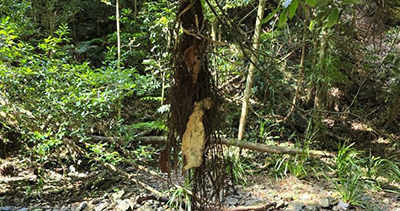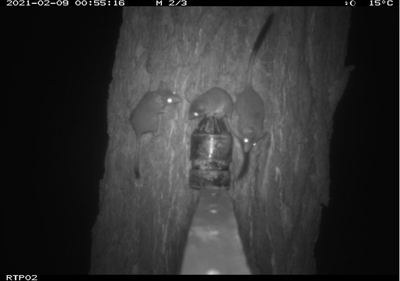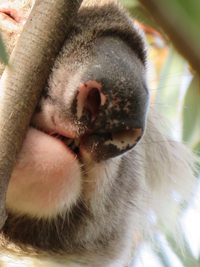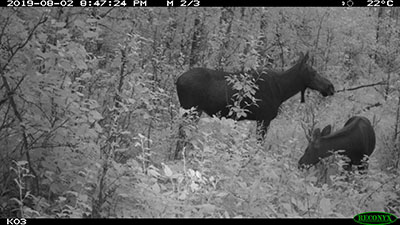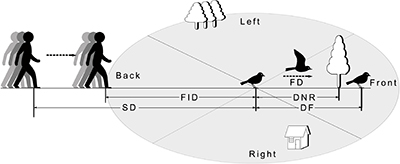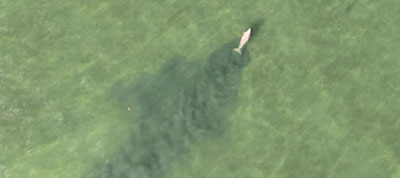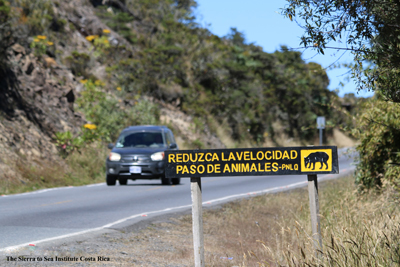The 2019–20 megafires across south-eastern Australia affected 40% of the habitat for the threatened golden-tipped bat (Phoniscus papuensis). We blended Indigenous cultural practices and western science to create woven roosts for the golden-tipped bat, which were successfully utilised in the second year of the project. Our experience provides a framework for collaborative conservation responses for golden-tipped bats and has broader implications for the recovery of other threatened species. View a short video about this project and footage of golden-tipped bats leaving woven roosts on YouTube [external links]. Photograph: Anna Lloyd/DCCEEW.
This article belongs to the collection Indigenous and cross-cultural wildlife research in Australia.
WR24065 Abstract | WR24065 Full Text | WR24065PDF (25.5 MB) | WR24065Supplementary Material (1.1 MB) Open Access Article




